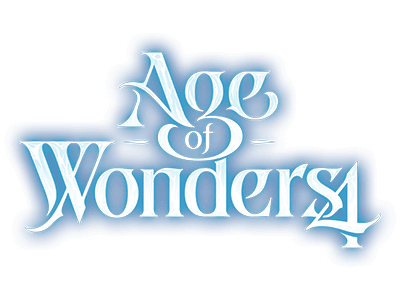First a quick point on motivation, This thread exist because I want an ultimate fantasy sandbox, much like Stellaris is the ultimate space sandbox. I think such a game would be objectively good, however, everyone unconsciously think whatever is good for them is objectively good. So instead of denying the biases there, it’s better to point out if we do not agree on this point, there is no point reading this post.
Now without further delay
I see, you are a man of culture: Class affinities in place of traditions
A bit of background, a lot of grand strategy games have systems that represents the policy and traditions of empire. In Civ 5 it’s called culture, Civ 6 it’s called civics, in Stellaris this is called traditions. In a gameplay sense it define the empire’s passive bonuses, and lore wise it defines what kind of empire it is.
My previous suggestions for AOW 4 has often tied system from Stellaris into classes or archetypes that defines the fantasy genre. For instance turning governing ethics into opposed ruler classes. This idea is similar in that culture of the empire is tied to its affinity towards each of the classes.
Basically, player action in game will increase their affinity towards particular classes, up to 100%. Each class has an associated cultural tree, comprising 9 nodes. These nodes are arranged into tiers (usually 3) and may require nodes on the previous tier before they can be unlocked.
If you are not familiar with the stellaris tradition trees, here’s screenshot of a mod that expand on that system:
https://steamuserimages-a.akamaihd....icy=Letterbox&imcolor=#000000&letterbox=false
The tree itself is unlocked at 10% affinity. Player can unlock one additional node for ever 10% affinity. Unlocking every node requires 100% affinity and will also provide an additional completion bonus. Every percent of affinity in one class will also reduce all future affinity gain of the opposing class by 1 percent. For example, an event that would increase archdruid affinity by 10% would only do so by 3% if an empire have 70% dreadnough affinity when it happens. This reduction takes place regardless if nodes in the affinity tree is unlocked.
Affinity increase comes from three sources, in game actions, event decisions, and bardic districts.
The first source is perform actions typical to a class, for example using a landship to bulldoze a forest would yield affinity for Dreadnought. Performing flanking attack with assassins in battle would increase affinity for Rogue.
The second source is selecting the decision typical to a class whenever an event choice present itself. Event choices are already present in planetfall, although they are rare. In stellaris they look like this, and are fairly common.
https://external-preview.redd.it/aH...bp&s=b12baea716b3afa1af5ef5c3b3feb95f8094144a
I have also discussed events at length in the first post.
The last source is Basically a new district for cultural buildings like theaters, opera houses, museums, and bardic colleges. The district will generate affinity proportional to the ruler’s class combinations, for example, a bardic district will generate 60% warlord affinity, 20% rogue affinity and 20% sorcerer affinity for a ruler with warlord 3 / rogue 1/ sorcerer 1 class combination. If the district has a governor, it would generate affinity for the governor rather than the ruler.
Cultural affinity also act as factions, so that if an empire have high affinity towards the class opposed to the current ruler, the ruler will have low approval. The player can appoint another hero as the ruler in this situation but their player character will remain the empire leader.
The following is an example for sorcerer affinity tree. It benefit attack spells, summoning, and research, everything a sorcerer ought to do, but also enhance the empire’s ability to perform these tasks in general.
Sorcerer Affinity
Unlocking bonus:
Arcane appraisal: Mana crystal pickup also provide research
Conjuration Line:
Summoner’s Aura: Summoned units gain defense, resistance, and regeneration.
Familiar Bond: each support unit half upkeep of a summoned unit in the same army, this does not stack with other sources of half upkeep, like good will.
Lifelink: All summoned units gain pledge of protection, allowing them to absorb pain for heroes and support units.
Evocation Line:
Practical Exams: All heroes beside the ruler gain 5 casting points.
Magical Sports: Casting a spell leaves a hero with 1 action point.
Dueling tournaments: support unit do additional damage to support units, attack spells do additional damage to heroes.
Divination Line:
Arcane Deciphering: Archaeology 25 percent faster, and produces 25% more mana reward.
Library Cantrips: A garrisoned hero add their unused casting point (at end of turn) to research.
Arcane Study: Cleared exploration sites also produces 5 research.
Completion bonus: Magocracy: research buildings produce stability (happiness), all production queues can be rushed with mana, at no cost of happiness penalties.
That’s all for now. Hopefully it has been an entertaining read.


